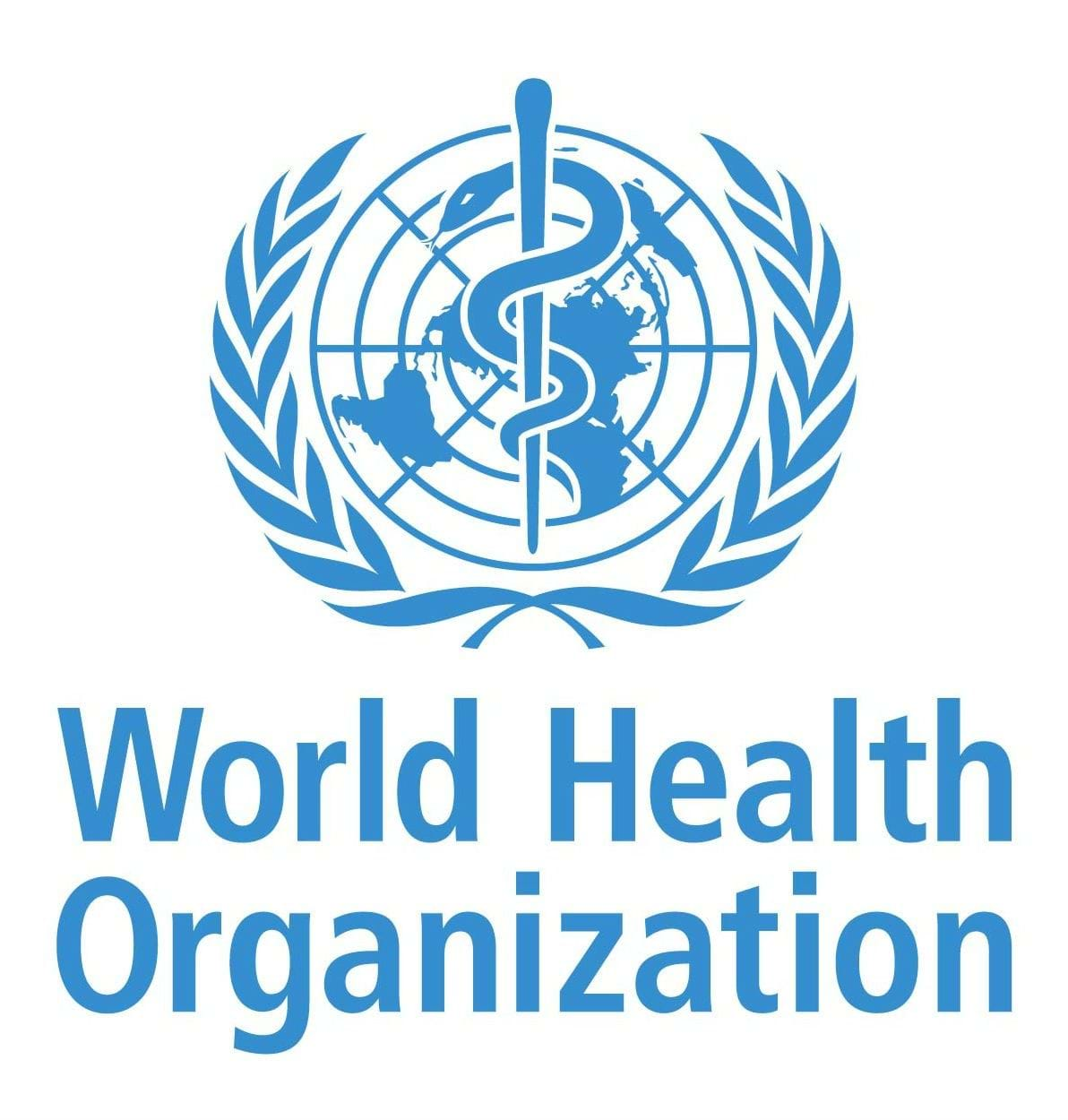Every year 287,000 women die while giving birth and 4.9 million children under five lose their lives, with nearly half of these deaths—2.3 million—happening in the first month of life. Sub-Saharan Africa faces the biggest challenges, accounting for nearly 70% of maternal deaths and half of child deaths globally. Of particular concern are the risks faced by adolescents. Complications from pregnancy and childbirth are among the leading causes of death for adolescent girls aged 15–19 worldwide and failures to protect sexual and reproductive health and rights result in 164 million women still having an unmet need for family planning, nearly half of all pregnancies totaling 121 million each year being unintended, and with unsafe abortions causing 13% of all maternal deaths.
Most of these deaths are preventable with access to timely and quality healthcare and by addressing underlying social determinants of health. The solutions are known, accessible and affordable. An investment of just US$1.15 per person per year can reduce 71% of neonatal deaths, 33% of stillbirths, and 54% of maternal deaths. Investing in women, children and adolescents also makes economic sense. US$1 spent on interventions for reproductive and maternal, newborn and child health would return US$9 to US$20 in economic and social benefits as a result of lower morbidity and mortality by 2035 and every dollar invested in a package of adolescent health interventions yields returns of at least US$10.
Yet, despite this knowledge and many global commitments, including Global Strategy for Women’s, Children’s and Adolescents’ Health, progress toward SDG targets 3.1 and 3.2 related to maternal, newborn and child health and 3.7 related to sexual and reproductive health and rights remains off track in many countries. Currently, 64 countries are off course in meeting the 2030 SDG target for newborn mortality, and 59 countries similarly in meeting the under-5 child mortality target. 4 out of 5 countries will not reach maternal mortality targets which has in certain countries and regions stagnated or even regressed.
In an effort to empower communication professionals, advocates, and decision-makers, PMNCH has launched a new communications toolkit focused on raising awareness about preventable maternal, newborn, and child mortality.
Three Key Sections of the Toolkit
The contents of the toolkit were structured around four main components:
- Social Media Landscape and Trust in Information
The presentation highlighted how people consume information online today, how trust in messaging is shaped by who is delivering it, and the role of social media in public perception. - PMNCH's Communication Strategy
Attendees were given insight into how PMNCH is organizing its outreach strategy using a narrative anchored in data, visual storytelling, and emotionally compelling messages. - Key Messages and Visual Assets
A collection of slides and graphics was shared, along with guidance on how to tailor messages using country-specific data. These materials were designed to be shared across platforms like Instagram, X, and Facebook.
A Powerful Call to Action
More than an informational resource, the toolkit serves as a mobilization tool. The data it highlights is deeply concerning: every two minutes, a woman dies from causes related to pregnancy or childbirth—deaths that are overwhelmingly preventable.
Watch the Recording of the Launch Webinar

.png?sfvrsn=6d0e27cd_1)



